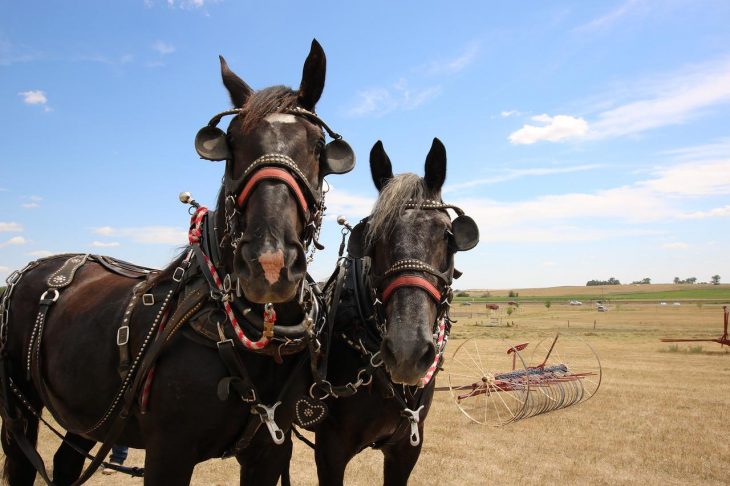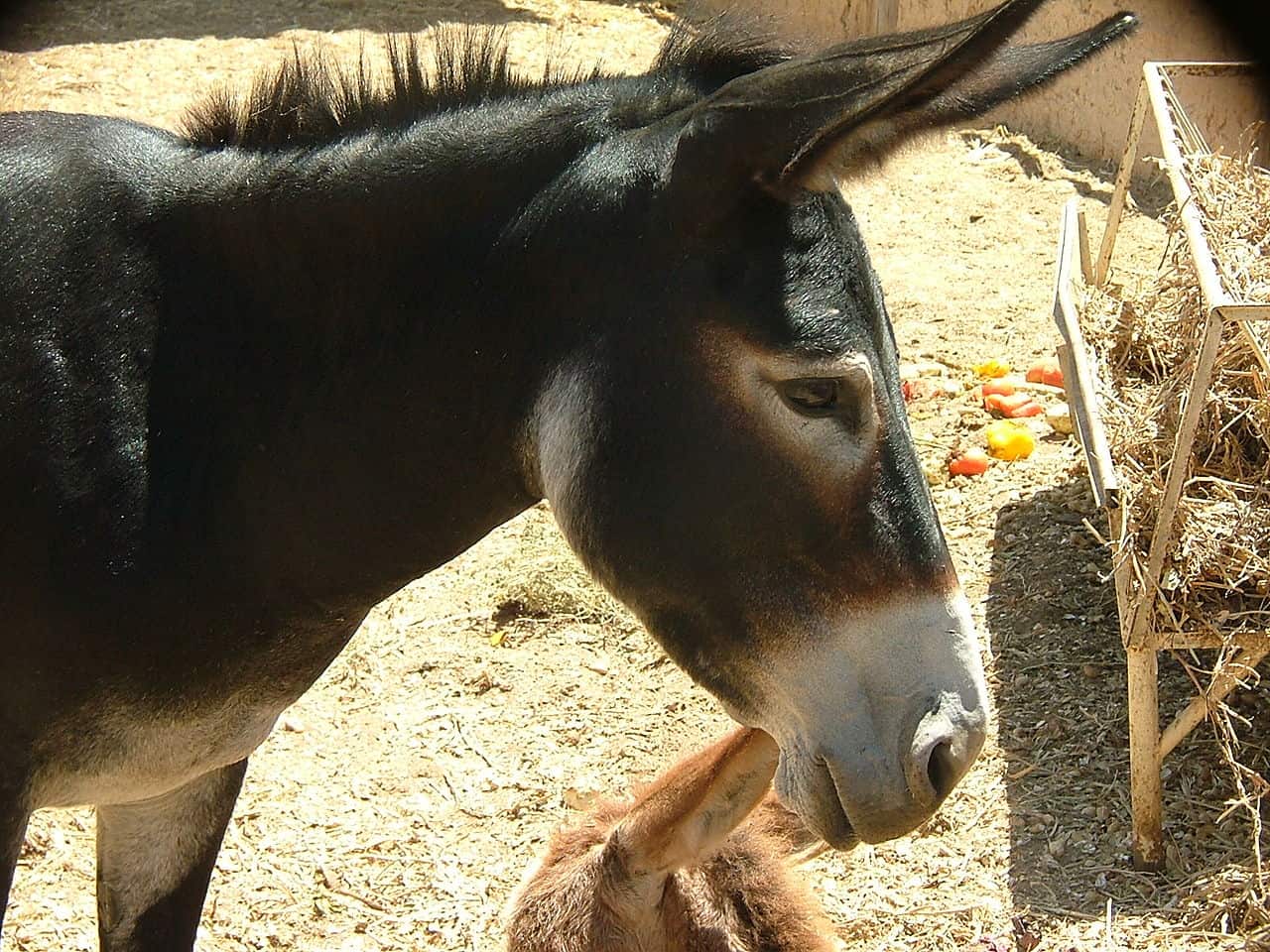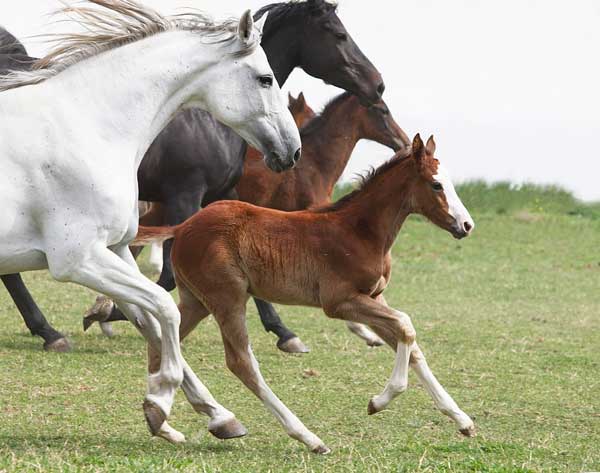
If you’re a fan of cars or similar complex machines, you may have heard of the term “horsepower”. It’s a way of measuring the power of things, especially mechanical ones. The definition seems obvious, right? However, the question of how much horsepower does a horse really have actually has a surprising answer. The term “horsepower” itself has an interesting history — what it actually means is not so clear-cut as expected. Read this article to find out how much horsepower a horse really have, and so much more.
“Horsepower” is Actually Misleading
You would think that “horsepower” refers to the power output of a single horse. However, it’s not as you’d expect.
You see, horses, like all animals, have varying power outputs. How much power they have depends on their current energy. A tired horse would probably be unable to produce anywhere close to a single horsepower.
On the other hand, believe it or not, horses are capable of producing more than one horsepower. During short bursts, horses can produce more than one horsepower. In fact, they are capable of producing as much as 15 horsepower!
So are you can see, the term “horsepower” can be misleading. While some define horsepower as the average power output of a horse, the real answer is far more complicated. And as you’ll see later, “horsepower” itself has a complicated history.
“Horsepower” Was Originally a Marketing Ploy
Machinery nuts and automobile fans have to thank one James Watt for inventing the term “horsepower. Watt was a Scottish inventor who helped perfect the steam engine. He did not actually invent it, but he created a very practical one. Watt’s work eventually led to the Industrial Revolution. Our world today would probably be very different if it were not for Watt.

Where does “horsepower” fall into Watt’s life? When Watt’s steam engine was still new, he wanted to promote its abilities. At the time, people were skeptical about steam engines and how they could improve lives. Watt’s idea was to promote the idea that the steam engine could produce more power than horses.
Watt’s inspiration came from a book titled The Miner’s Friend. The book predicted that machines would eventually replace horses in doing work. It also stated that one machine could do the work of several horses.
How Did Watt Come Up With a Horsepower?
Watt made some complicated calculations to get his figures. What he did was he would observe how much work horses could do. He calculated that one horsepower was equivalent to a horse doing 33,000 foot-pounds per minute. Interestingly enough, he used pit ponies, smaller-sized horses, as his baseline. He assumed that regular horses could produce twice as much power as pit ponies, and took that into account. In reality, full-sized horses are only slightly more powerful than pit ponies. This is why you would think some sources were jesting when they say that Watt’s “horsepower” should have actually been called “ponypower”.
Regardless of Watt’s methods, his marketing worked. Watt’s steam engine design became the standard moving forward rather than the existing Newcomen design. Watt’s steam engine, as mentioned earlier, helped usher in the industrial age. Steam locomotives and factories owe their success to Watt’s innovations.
How Much Horsepower Does a Donkey Have?

While we’re here, it may be worth discussing how much horsepower other equines produce.
Let’s start with one of the horse’s closest relatives, the donkey. Now, the donkey isn’t necessarily known for its speed. However, donkeys are powerful animals in their own right. It’s no surprise that humans have used donkeys for many purposes since the beginning of time. They have been used for carrying loads and transportation, and many early civilizations owed their rise to the donkey.
Information about how much horsepower a donkey produces is hard to come by. However, it is worth noting that a unit of power called a “donkeypower” exists. A donkeypower is worth 250 watts (we’ll talk more about watts later), which is around 1/3 a horsepower.
How Much Horsepower Does a Baby Horse Have?

Obviously, baby horses are much smaller and weaker than adult horses. That doesn’t mean they aren’t forces to be reckoned with. We have no concrete numbers, but baby horses probably pack a punch in their own right.
It may be worth distinguishing between baby horses and ponies. Baby horses are obviously babies. However, ponies are simply smaller adult horses. As mentioned earlier, ponies can produce almost as much as full-sized horses.
How Much Horsepower Does a Mule Have?
Unfortunately, again, exact horsepower figures for mules are not easily found online. However, mules, which are crosses between horses and donkeys, tend to be stronger than pure horses. As such, it’s quite likely that mules can produce more horsepower than horses, especially during hard labor. There’s a reason why people have used mules as beasts of burden since antiquity. In particular, mules were used for carrying and pulling.
How Much Horsepower Does a Person Have?
You may be surprised at the answer to this question. In general, humans are usually not capable of producing anywhere near one horsepower. Most human daily activities don’t reach that level.
However, there are cases when a human can produce one horsepower or more. In short bursts, such as exercises or sports, a human can produce around 1.2 horsepower. Professional athletes can even produce as much as two horsepower! This is especially evident in athletics events such as running.
So yes, professional runners such as Usain Bolt can, in short bursts, produce more than one horsepower. Not just runners but perhaps even weightlifters and any other athletes that use immense amounts of power.

People Use the Term “Horsepower” for Many Things
So what things are measured in horsepower anyway? As mentioned above, people originally used it to measure the power output of steam engines. Over time, it became used to measure the power outputs of other machines as well. This is why you’ll often see horsepower used for cars and the like.
People often use horsepower to measure the power outputs of engines, but it also has other uses. For example, machinery workers can describe how powerful chainsaws and drills are using horsepower. They’re quite strong!
Multiple Units Called Horsepower Exist
It may be surprising to you that “horsepower” doesn’t refer to just a single unit. In fact, multiple units called horsepower exist. There are two main definitions: mechanical (or imperial) horsepower and metric horsepower. They may sound similar, but they’re not exactly the same. One mechanical horsepower is slightly larger than a metric horsepower. Specifically, one mechanical horsepower is 1.01387 metric horsepower.
Other horsepower units exist. For example, two units known as electric horsepower and boiler horsepower exist. They are used to measure electrical power and steam delivery, respectively.
Watt Got His Own Unit
Incidentally, James Watt, the inventor of horsepower, ultimately lent his name to a unit of his own. The metric system uses the watt as its main unit of power. One watt is equal to one joule per second. You’ll often see watts used to measure electrical output. For example, lightbulbs and electric motors have their outputs measured in watts. In many countries that use the metric system, watts are used instead of horsepower to measure the power outputs of cars.
You have to hand it to Watt. He may not have named the watt itself, but he has directly or indirectly contributed so much to the world of measurement.
Was this page helpful?
Our commitment to delivering trustworthy and engaging content is at the heart of what we do. Each fact on our site is contributed by real users like you, bringing a wealth of diverse insights and information. To ensure the highest standards of accuracy and reliability, our dedicated editors meticulously review each submission. This process guarantees that the facts we share are not only fascinating but also credible. Trust in our commitment to quality and authenticity as you explore and learn with us.


